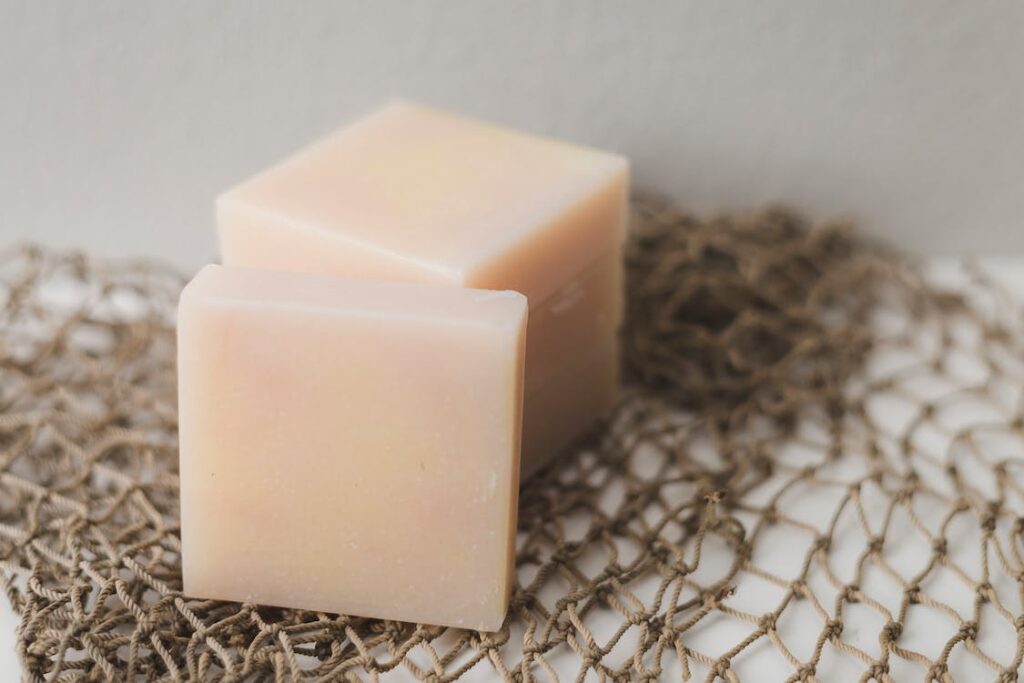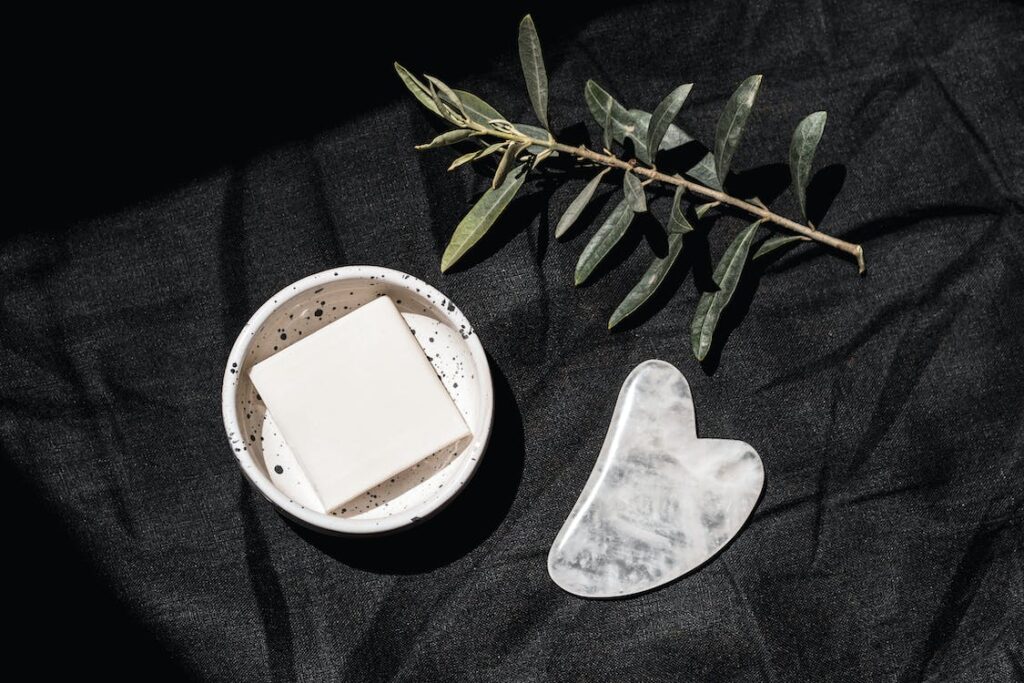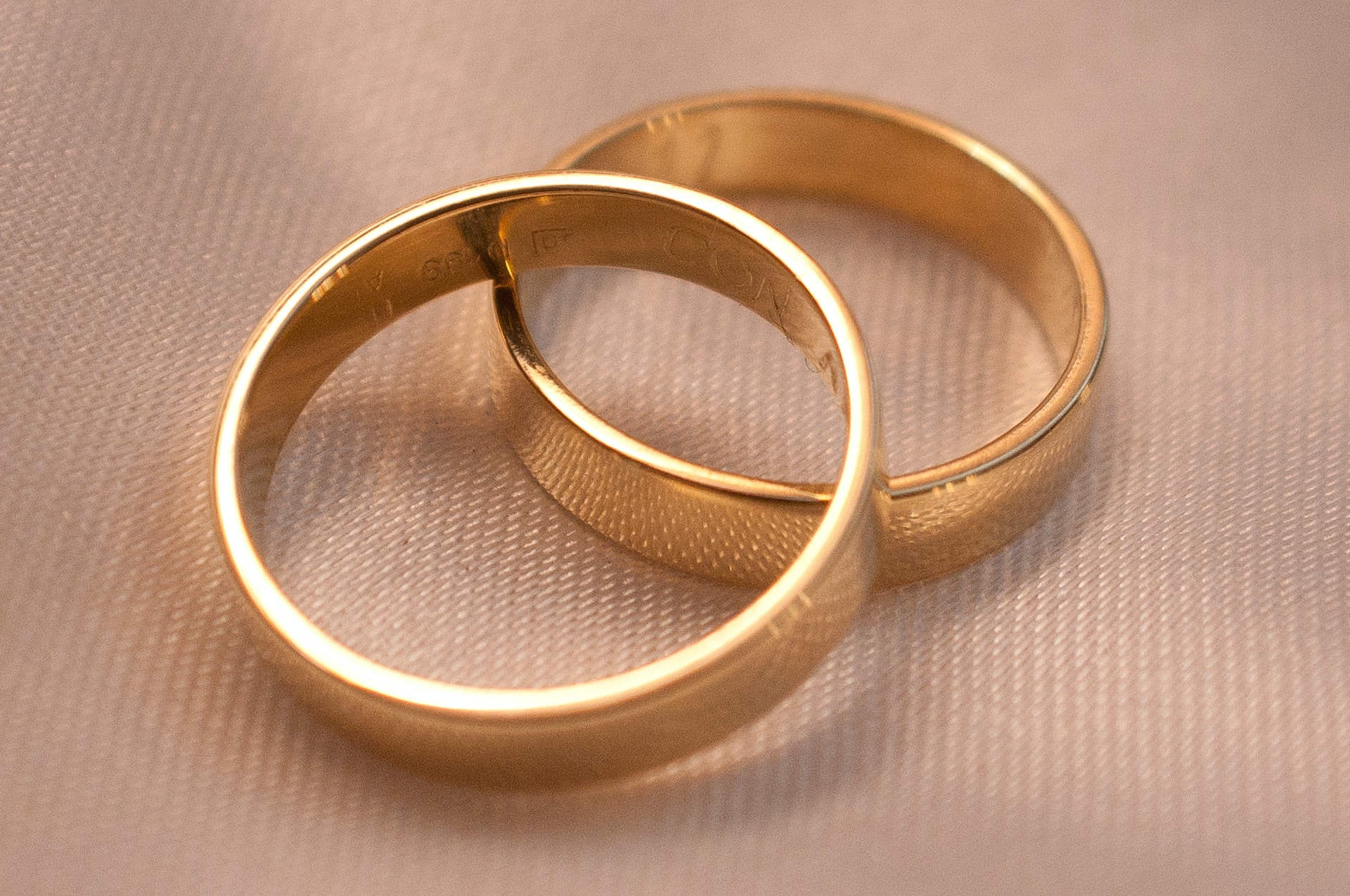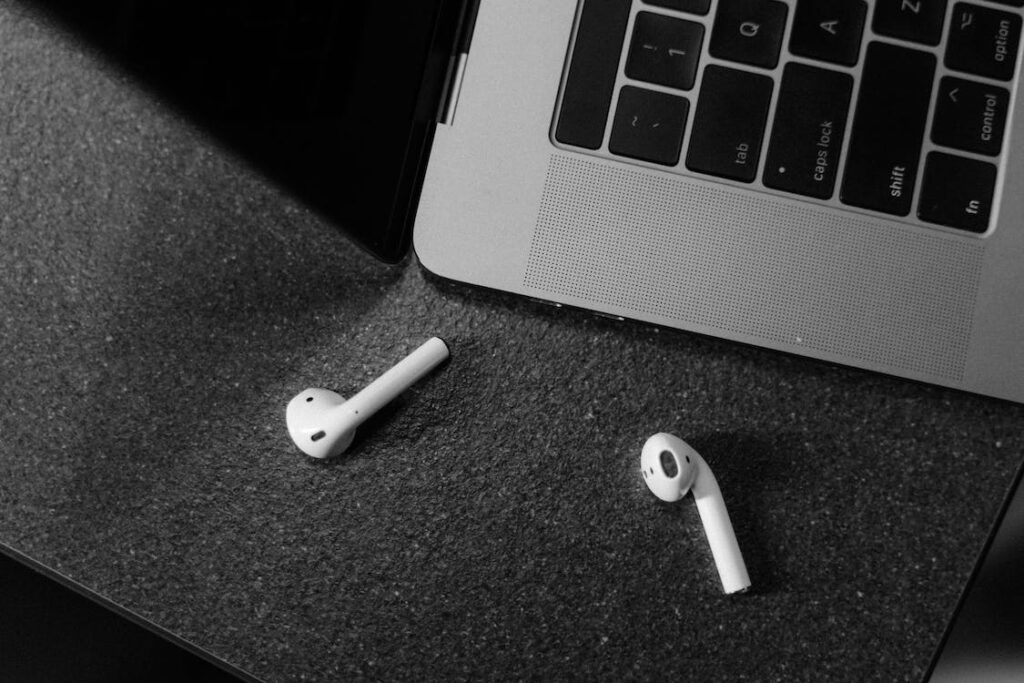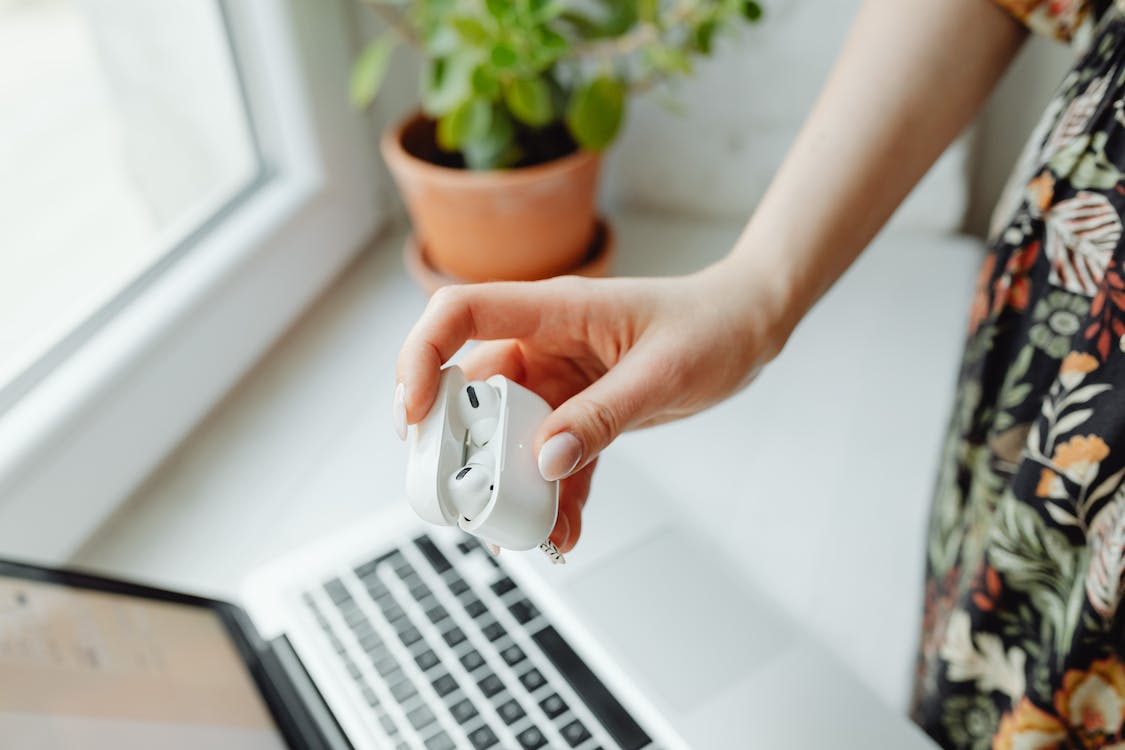Despite the best efforts of business owners, no company is immune to cyber threats. Often, it is not a matter of “if” a data breach will occur, but when.
When a breach does happen, it is important to carefully analyze the information that was compromised. This will help determine the next steps.
1. Invest in a Security System
Security systems can provide peace of mind, deter burglary and save money in the long run. When you consider how much it costs to replace stolen items and your insurance deductible after a break-in, security systems can be very worthwhile investments for homeowners and businesses alike.
For business owners, an effective security system will include encryption and access control to ensure that only authorised personnel can see sensitive data. This can also be combined with a strong password policy and multi-factor authentication to keep out cybercriminals.
Identify all of your computer networks that store sensitive information, including those used by branch offices and employees who work remotely. Moreover, pay attention to devices that collect personally identifying information like PIN pads and inventory scanners, and ensure that those are secure.
You should also limit who can use your wireless network to prevent people from eavesdropping on your communications, and install customized sensors that detect overheating machines and shut them down. This will protect your sensitive information, and it will help you avoid costly repair bills or reputational damage. A quality security system will also provide your business with a competitive advantage and improve the productivity of your workforce.
2. Encryption
Data encryption safeguards your information from breaches by converting it into ciphertext, which is unreadable without an encryption key. It’s one of the most essential steps for protecting sensitive data, and it’s a must-have for companies that store private customer or employee information. Whether the raw data is sitting in a database or streaming from an IoT device, data encryption makes it virtually impossible for attackers to steal and use your information.
Encryption also protects data while it’s moving between devices or networks. That’s known as data in transit encryption, and it helps to prevent man-in-the-middle attacks that occur when users visit web services or communicate via email.
In addition to implementing an encrypted network, it’s important to encourage employees to only use work computers for work and not for personal activities like downloading file-sharing websites or social media platforms. It’s also helpful to ensure that employees cross-cut shred any physical files or use software designed to wipe data off of old laptops, phones, and external hard drives. That way, even if an employee’s equipment is stolen, it won’t be possible to access the business’s confidential information. This is a crucial step to preventing a data breach that could damage your reputation and lose customer faith.
3. Backups

Data backups are one of the most important control measures that a business or individual can implement to prevent long term damage following a breach. While it’s easy to forget about backing up information, or think that a piece of data isn’t worth saving, implementing a consistent backup system can mitigate risk by reducing the amount of time and effort required to recover from a data breach.
Backup copies allow data to be recovered from an earlier point in time when it isn’t subjected to corruption or malicious attacks. In addition, backup copies can also help businesses revert to an earlier state of operations following a disaster such as a natural disaster or hardware failure.
It’s also important to consider where and how backups are stored. Backups should be stored in multiple locations to reduce the chance of a catastrophic loss. Backups should be encrypted and accessible only to authorized users. In addition, it’s important to consider how often backups are made and the sensitivity of the data being backed up. Backups should be tested on a regular basis to ensure that they are accurate and functioning properly. Finally, backups should be located in a physically secure environment to protect them from cybercriminals who are looking for “low-hanging fruit” that’s easily accessible.
4. Training
As a business owner, it’s crucial to create and maintain a training program that helps employees understand cyber threats and how to prevent them. This training should include onboarding, regular top-up sessions and periodic refresher courses to help ensure cybersecurity is at the forefront of employees’ minds. You can click here for more information.
It’s also important to provide training for new hires to educate them about how to protect information and use company systems safely. During the onboarding process, it’s a good idea to incorporate training modules about data breaches and how to identify common types of hacking attacks and how to respond to them.
If a breach occurs, you should make sure to have a plan for how to communicate with consumers and how quickly you can get them answers to any questions they may have. For instance, some organizations tell their consumers they will post updates on a website so people know where to go for the latest info and avoid phishing scams that may be tied to the breach.
Make sure to change online logins, passwords and security questions and answers on any account that was breached. You should also consider removing any extra accounts you don’t use and that hackers could easily access.
5. Monitoring
While a top-to-bottom data security strategy can help prevent a breach, there’s no such thing as foolproof protection. The problem is that cybercriminals are constantly adapting and finding ways to exploit flaws in computer systems. To guard against this, you need to monitor and reassess your systems periodically. This includes not only your own systems but also those of your vendors and partners.
It’s also important to watch for breaches at the websites and companies you use for personal or business accounts. If you’re notified that one of these has been hacked, immediately change your online login information, passwords and security questions and answers. This will limit the hackers’ ability to access your other accounts and make it harder for them to transfer your information from a breached company.
If you find out your information has been compromised, contact the company involved to see if they’re offering credit file monitoring and identity theft protection. They should be able to tell you if you need to take additional steps, such as changing your passwords and security Q&A for other accounts that might be at risk. This can be a time-consuming task, but it’s worth the effort to keep your information safe.
6. Security Patches
Modern mobile devices run a lot of software, from operating systems to apps that do everything from word processing to photo retouching and even audio recording. Many of these programs contain security vulnerabilities, so it is important to install patches regularly. Without them, hackers can easily break into the device and steal confidential user or client information.
Many regulatory frameworks require companies that handle sensitive data to apply updates as they become available. This safeguards these businesses from cyber attacks, ransomware, and unauthorized access to their systems.
However, installing these patches is not always easy. Often, it requires extensive testing to ensure that they do not cause issues with other systems and applications. The time consuming process can make it difficult for healthcare institutions, especially those with limited resources, to keep up.
As a result, they may miss the release of critical patches that could significantly lower their risk and protect them from cyberattacks. To avoid this, the best practice is to develop a patch management plan that includes a schedule and procedures for applying updates and reducing vulnerability. This should include a regular vulnerability assessment and a system for prioritizing critical vulnerabilities. Then, it will be easier to ensure that patches are deployed quickly and without any disruption to business operations.
7. Reporting
If a data breach does occur, it’s crucial to report it as quickly as possible. This allows law enforcement to investigate and prevents individuals from being harmed further by identity theft, fraud and other problems. It’s also necessary to comply with any laws or regulations that apply to the type of information affected by the breach.
The first step in the reporting process is determining what information was breached and who needs to be notified, according to regulatory requirements. This will likely require the cooperation of your management, legal and communication teams. Be careful not to do anything that could alter evidence, such as opening a file or sending an email, as it might have a negative impact on the investigation.
After the initial report, it’s important to communicate regularly with those who have been affected by the data breach. This can help minimize damage by providing support, such as credit monitoring or identity theft protection services, and reassuring people that the company takes its security seriously. It’s also a good idea to check that any personal information that has been released in error has been removed from other websites, such as search engines. This is particularly important because cyber brokers often buy and sell information that’s been exposed in a data breach, making it available to scammers and thieves who can use it for identity theft.…
Continue Reading





